Israel is home to a breathtaking array of must-see landmarks, countless holy sites, and stunning nature. A small country with diverse topography, you can find pristine beaches, fascinating archaeological sites, and amazing hiking trails around every corner. There are also natural wonders in Israel – natural sites and monuments created by Mother Nature.
From salt formations to a growing salt cave, and jagged desert landscapes to glorious colors of blooming wildflowers, NoCamels highlights six natural wonders you need to see (or add to your bucket list for post COVID-19 travel!)
Timna Park
Red sandstone rock formations, natural rock arches formed by erosion, rock drawings and ancient copper mines can all be found in Timna Park in the Arava Desert. Visitors and geologists alike are wowed by the incredible landscapes and unique geological structures that have been carved and sculpted by wind and water from different geological periods throughout history.
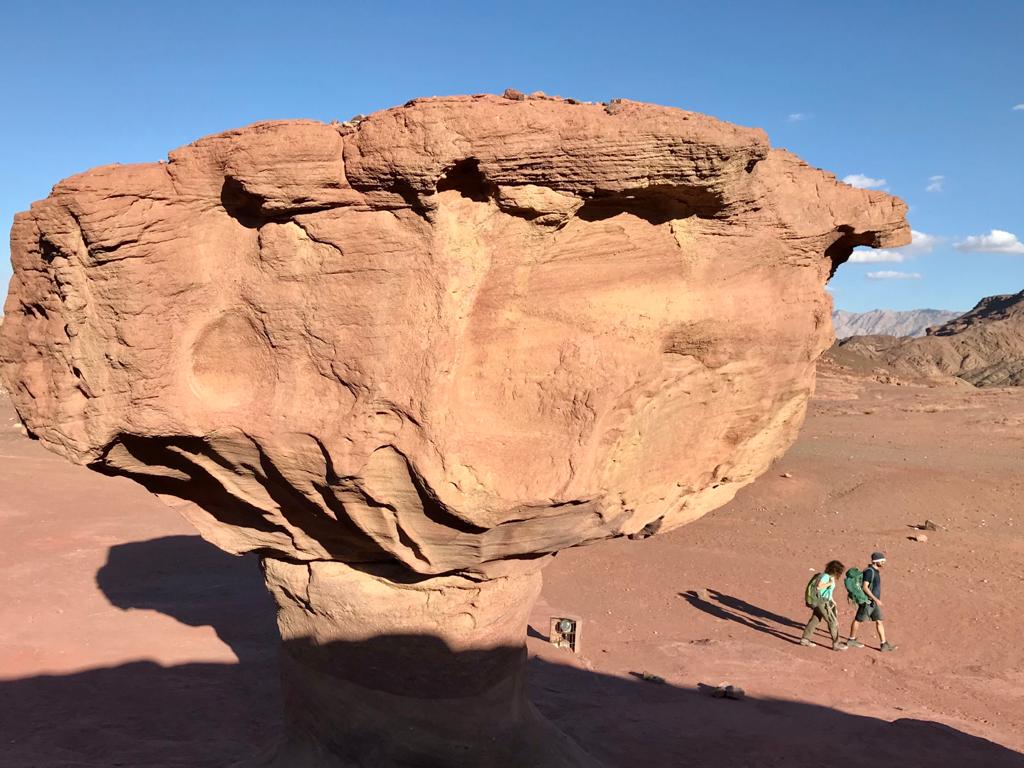
“It is nature’s playground,” tour guide Madeleine Lavine tells NoCamels. The site “contains remains of ancient Egyptian copper mines and furnaces, spectacular natural sandstone formations, and many hiking trails in the desert scenery,” Lavine explains.
The red sandstone Mushroom rock formation is one of the best selfie spots at Timna, having been carved into a mushroom shape by wind, water erosion and humidity over thousands of years. Timna is located 25 kilometers north of Eilat in the Negev Desert and covers some 60 square kilometers.
The Dead Sea
The Dead Sea is one of Israel’s tourist calling cards with its breathtaking natural beauty of blue-green waters offset by red-colored mountains. Celebrities, politicians, and tourists alike have taken selfies covered in the mineral-rich mud or floating in the deepest salt lake in the world.
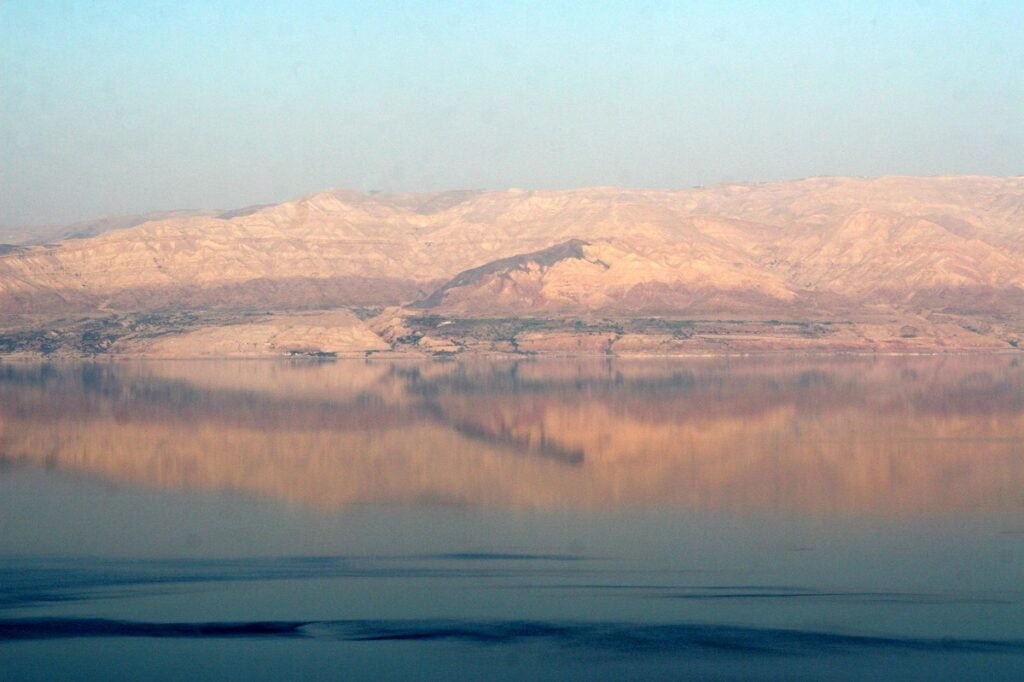
While visiting this area, keep your camera at the ready because breathtaking photos of the salt formations reflected in this little body of water will beckon you to keep snapping the shutter at 1,424 feet below sea level.
“The Dead Sea offers many options for very interesting photographs in terms of the people floating, the colors, and the contrasts,” Ariel Jerozolimski, a tour guide and photographer, tells NoCamels. “At specific times during sunset, the contrast between the sea and the reflection makes this a very special for me.”
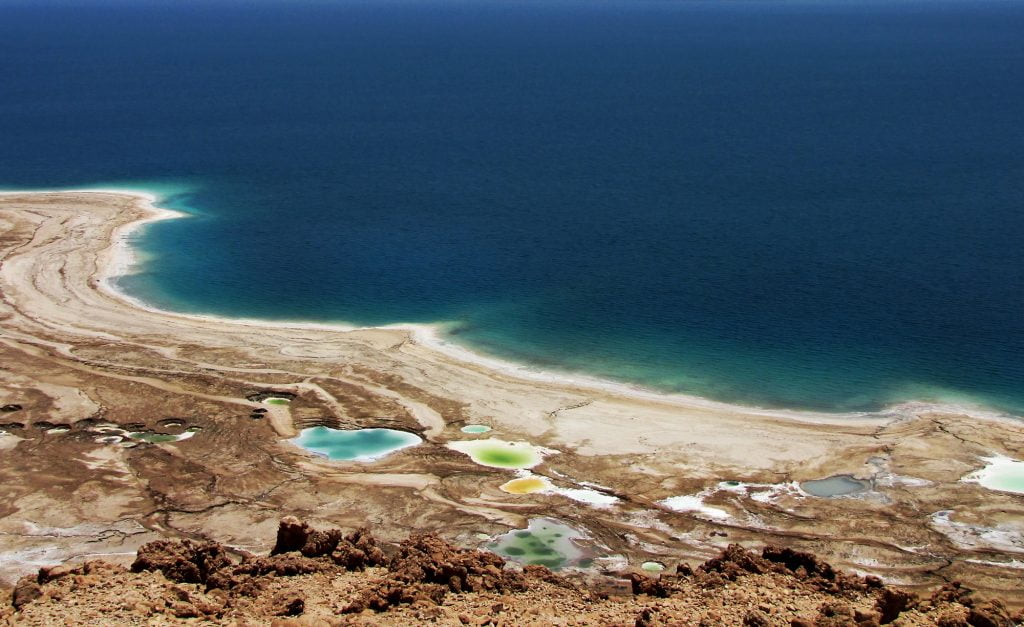
Unfortunately, the Dead Sea is receding at a swift rate; its surface area today is 605 km2 (234 sq mi), having been 1,050 km2 (410 sq mi) in 1930. The recession of the Dead Sea has begun causing problems, and multiple canal and pipeline proposals have been made to reduce its recession.
So if you are planning a visit to this world wonder, it’s probably best not to put it off for too long.
Malham Salt Cave
Near the Dead Sea is one of the country’s newest natural wonders: the world’s longest salt cave. With salt crystals and stalactites adorning its twisting tunnels, the Malham cave was initially discovered back in the 1980s, but only when international research expeditions surveyed the site in 2018 and 2019 was it properly measured, explored and introduced to the world. This salt cave extends over six miles (10km) – which, according to researchers, is astounding because not only are salt caves rare geological features but they usually max out at half a mile in length.
“Mapping Malham Cave took hard work. The cavers worked 10-hour days underground, crawling through icy salt channels, narrowly avoiding salt stalactites and jaw-dropping salt crystals. Down there it felt like another planet,” Efraim Cohen, member of Hebrew University’s Cave Research Center, tells NoCamels.
Wildflowers in the Desert
There is always something blooming in the Negev and Judean Deserts. While a desert may not strum up images of colorful petals, Israel’s arid landscape is actually rich in flora. It could be drimia or desert hyacinths, crocuses or anemones, or many other wildflowers.
In January-February, beautiful red anemone flowers blanket parts of the Negev Desert. There is even a festival – the Red South Festival – dedicated to these wildflowers, which have red petals and a black center. Following the rainy season, the anemones come out in full bloom and temporarily convert forests and fields into spectacular shades of scarlet red.
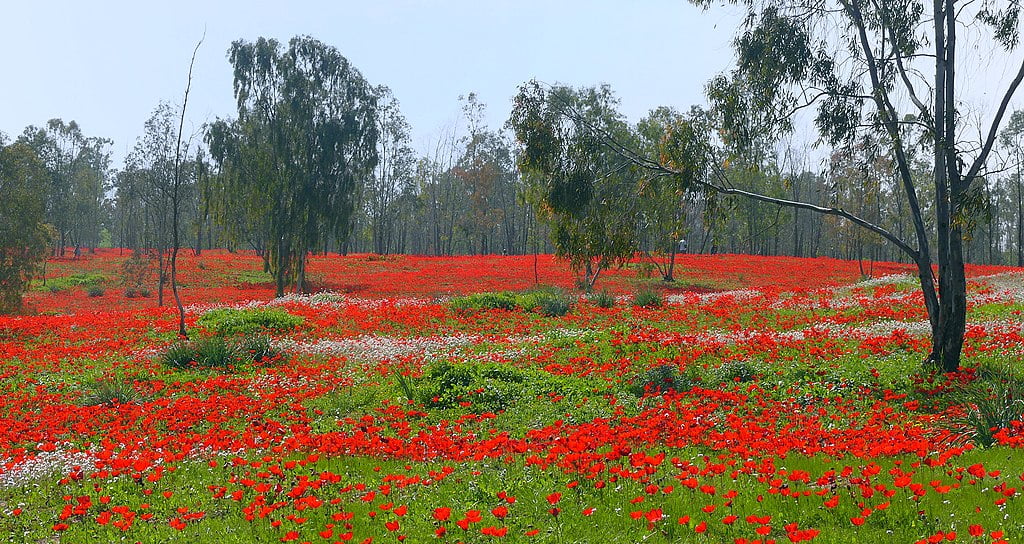
“In Jerusalem, we see green most of the year, but when the desert blooms that is really incredible,” tour guide Lavine says, “Colorful carpets covering the desert. It is amazing.”
Sign up for our free weekly newsletter
SubscribeTens of thousands of Israelis head southward to the desert to take photos and celebrate the country’s wildflowers blossoming.
“In November, you can be in the middle of the desert and suddenly there are crocuses. It feels like there is this joy coming out of the earth,” tour guide Shari Robins tells NoCamels. “It’s surprising.”
Makhtesh Ramon (Ramon Crater)
The Makhtesh Ramon, translated as the Ramon Crater (although it is not a crater but rather an erosion cirque), is a geological wonder in the Negev Desert.
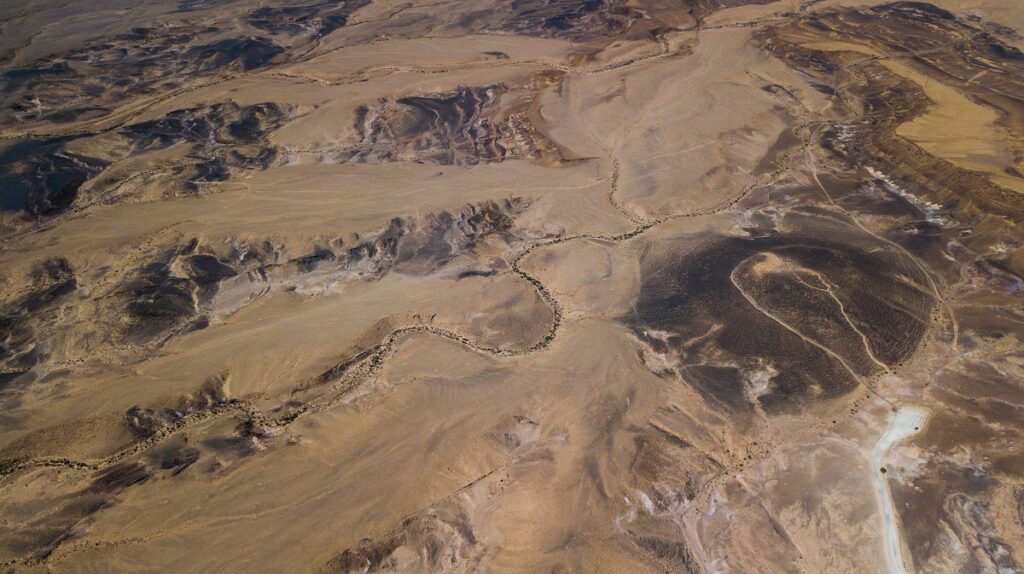
Dubbed the world’s largest erosion cirque, it stretches 40-kilometers in length and includes ancient geological features such as volcanic rocks, fossils, and multicolored sands.
“It is like looking back through a geological lens,” says Robins, a tour guide. “It makes me feel very small while standing in a very large place.”
With 54 percent of the country being desert, it shouldn’t be surprising that the desert is home to so many natural wonders, says Lavine.
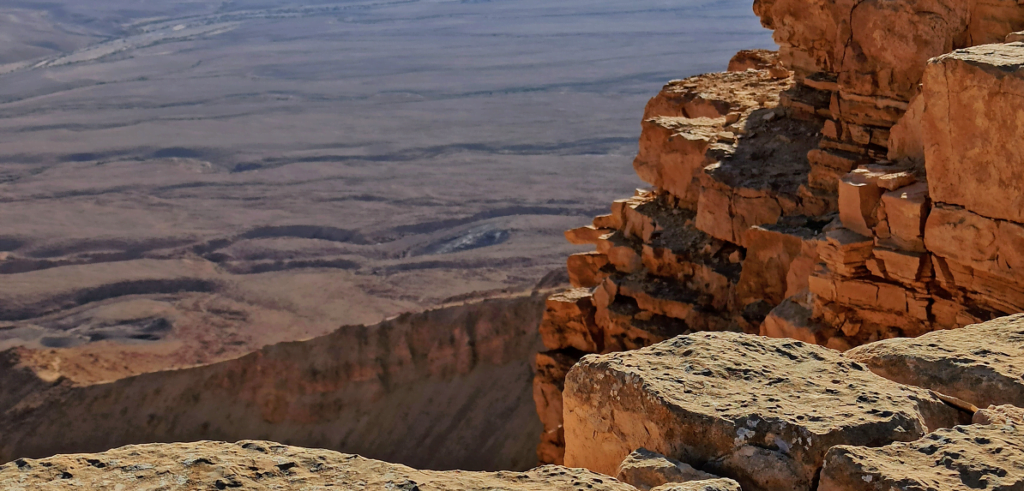
There are only five such makhteshim in the world – three in the Negev Desert, smaller than Makhtesh Ramon, and two in Egypt.
While there are bike and hiking trails inside the Makhtesh Ramon, standing on the rim of what is also known as Israel’s Grand Canyon, is recommended for truly spectacular views. “It is breathtaking and unexpected,” says Lavine.
Hula Nature Reserve, Galilee
Hula Nature Reserve is an internationally acclaimed birdwatching site thanks to Israel’s location on the migrating bird superhighway. Twice a year, some 500 million migrating birds cross the country’s airspace on their way to and from Africa, Europe and Asia.
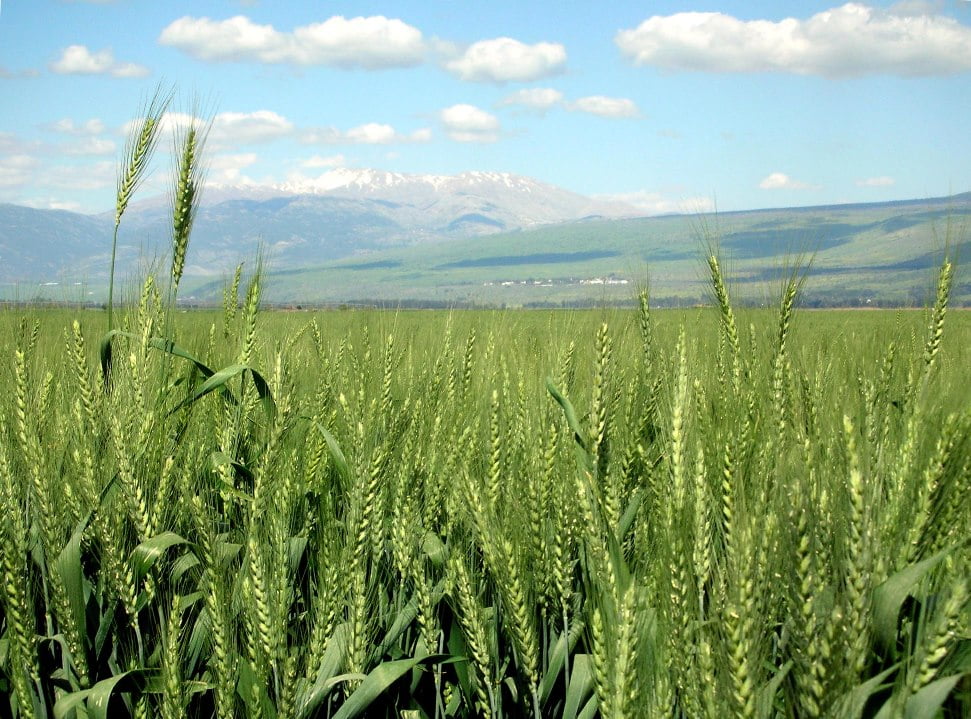
Ornithologists have nearly 400 species of feathered friends to observe as they pitstop at the nature reserve during their annual pilgrimage. This is the place to see huge flocks of cranes, pelicans, storks, flamingo, cormorants, herons, ducks of all species, and a wide variety of raptors, among many others.
In addition to being a bird paradise, this is the country’s first official nature reserve, opened in 1964.
Bonus:
Machane Yehuda Market, Jerusalem
Not a natural wonder in the geographical sense of the word, but a truly unique place in Israel. Machane Yehuda in Jerusalem is unlike any other market in the country. Whether you want to eat or buy food is up to you. A visit to the market is always recommended to soak up the amazing energy of this buzzing hub. The sights, smells and people make this place a natural wonder.
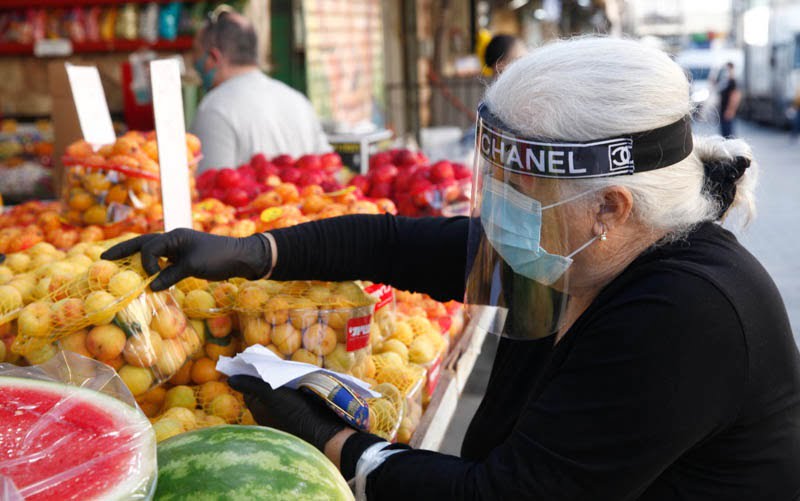
“The combination of human faces, colors, products, the unique atmosphere,” says Jerozolimski, when talking about why his first choice for photography at any landmark in Israel is always the Jerusalem marketplace. “I am a people photographer. At Machane Yehuda, the people influence the photographs.”
Viva Sarah Press is a journalist and speaker. She writes and talks about the creativity and innovation taking place in Israel and beyond. www.vivaspress.com
Related posts

Rehabilitation Nation: Israeli Innovation On Road To Healing

Israeli High-Tech Sector 'Still Good' Despite Year Of War


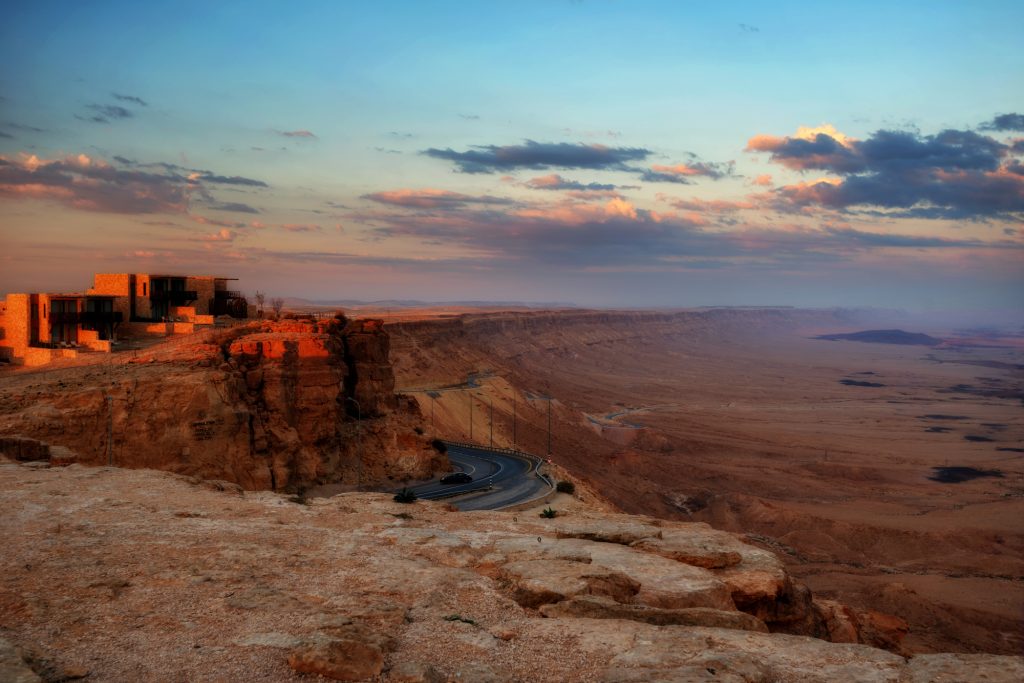
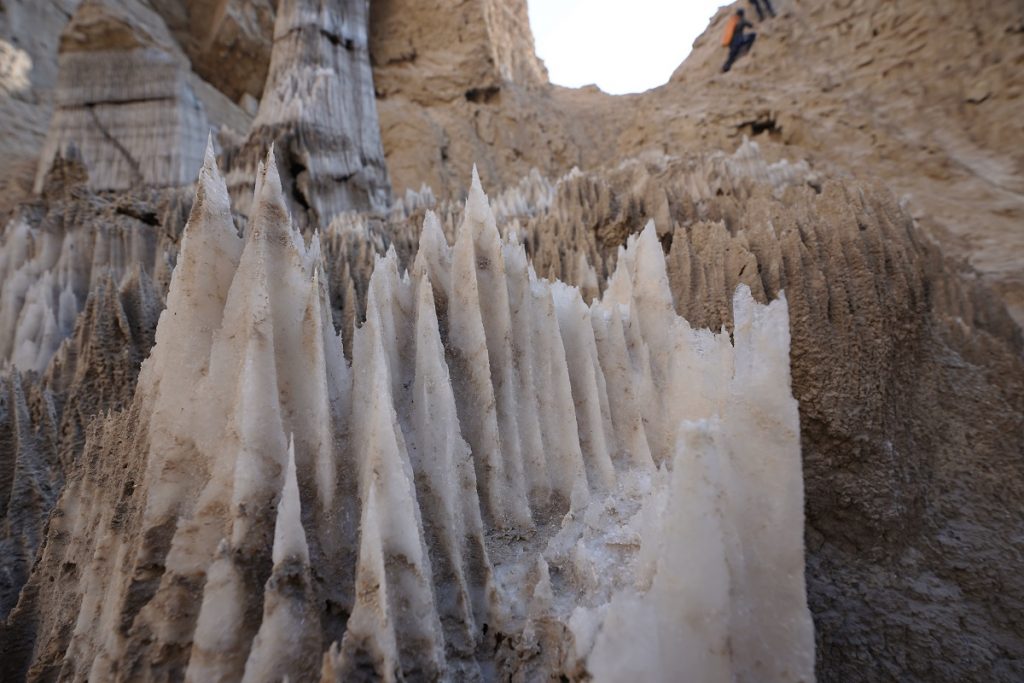


Facebook comments